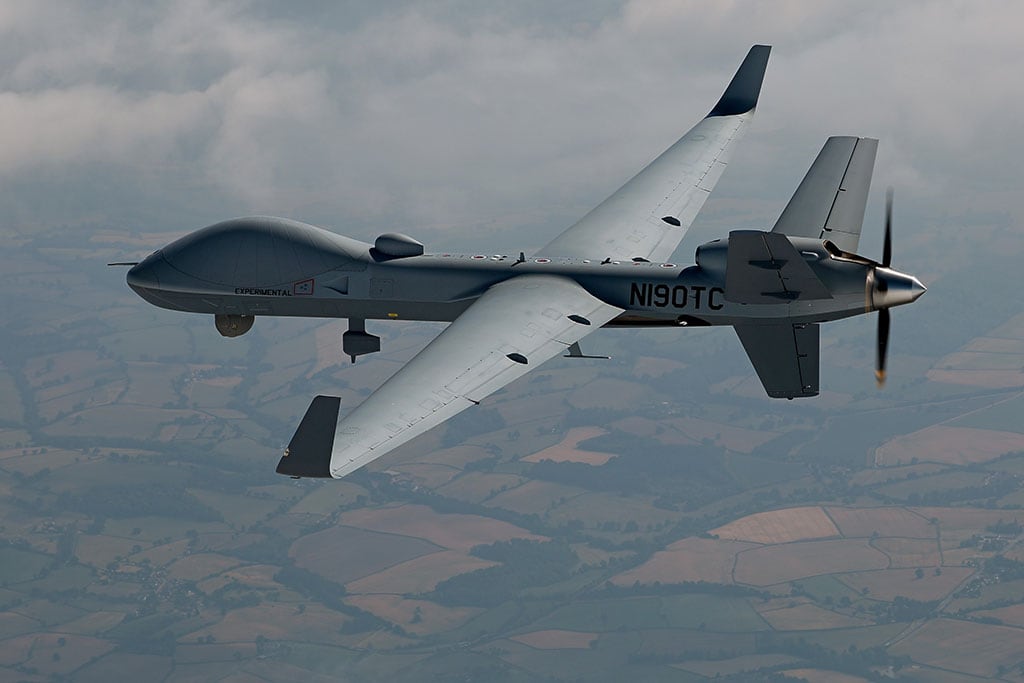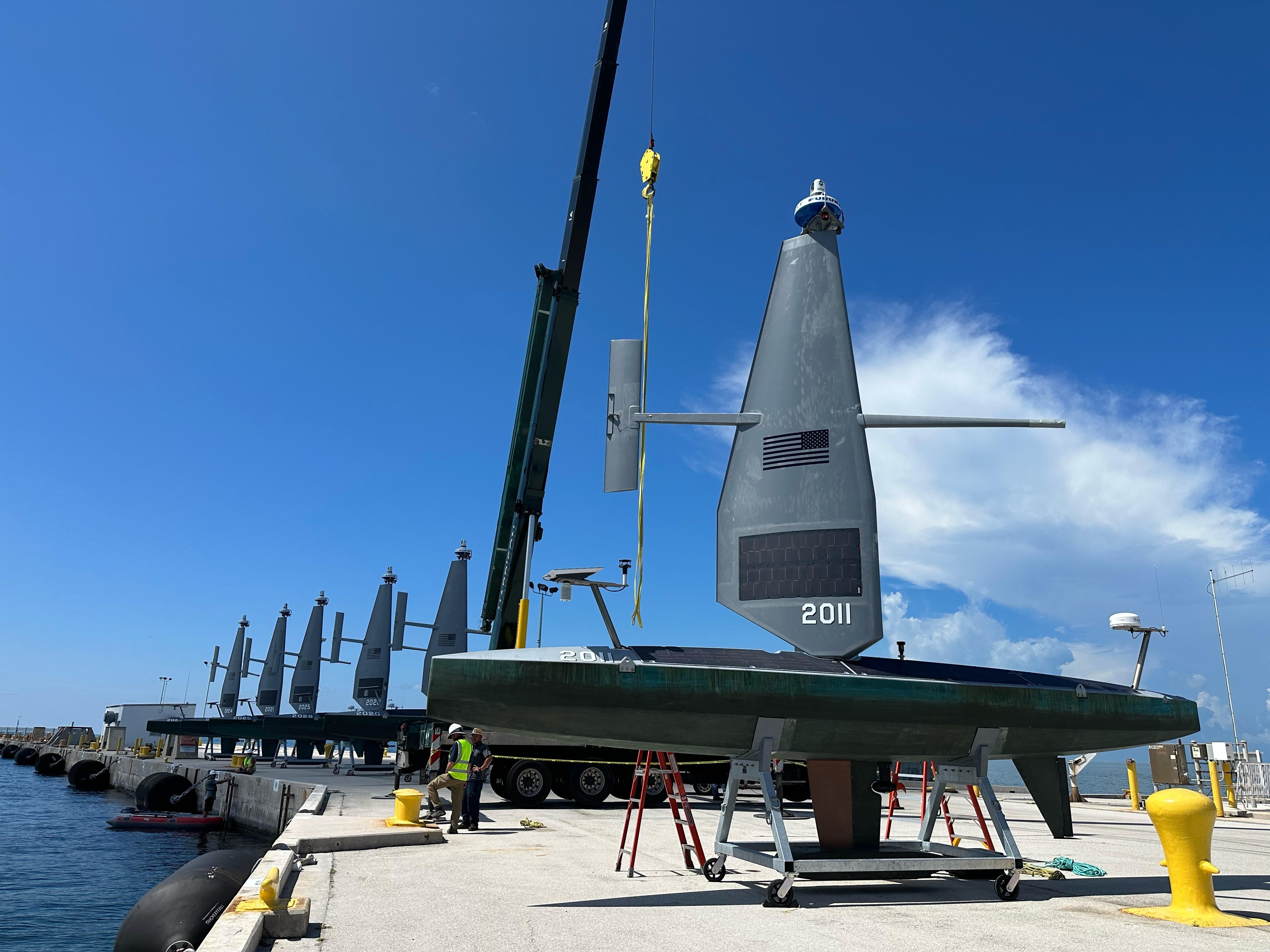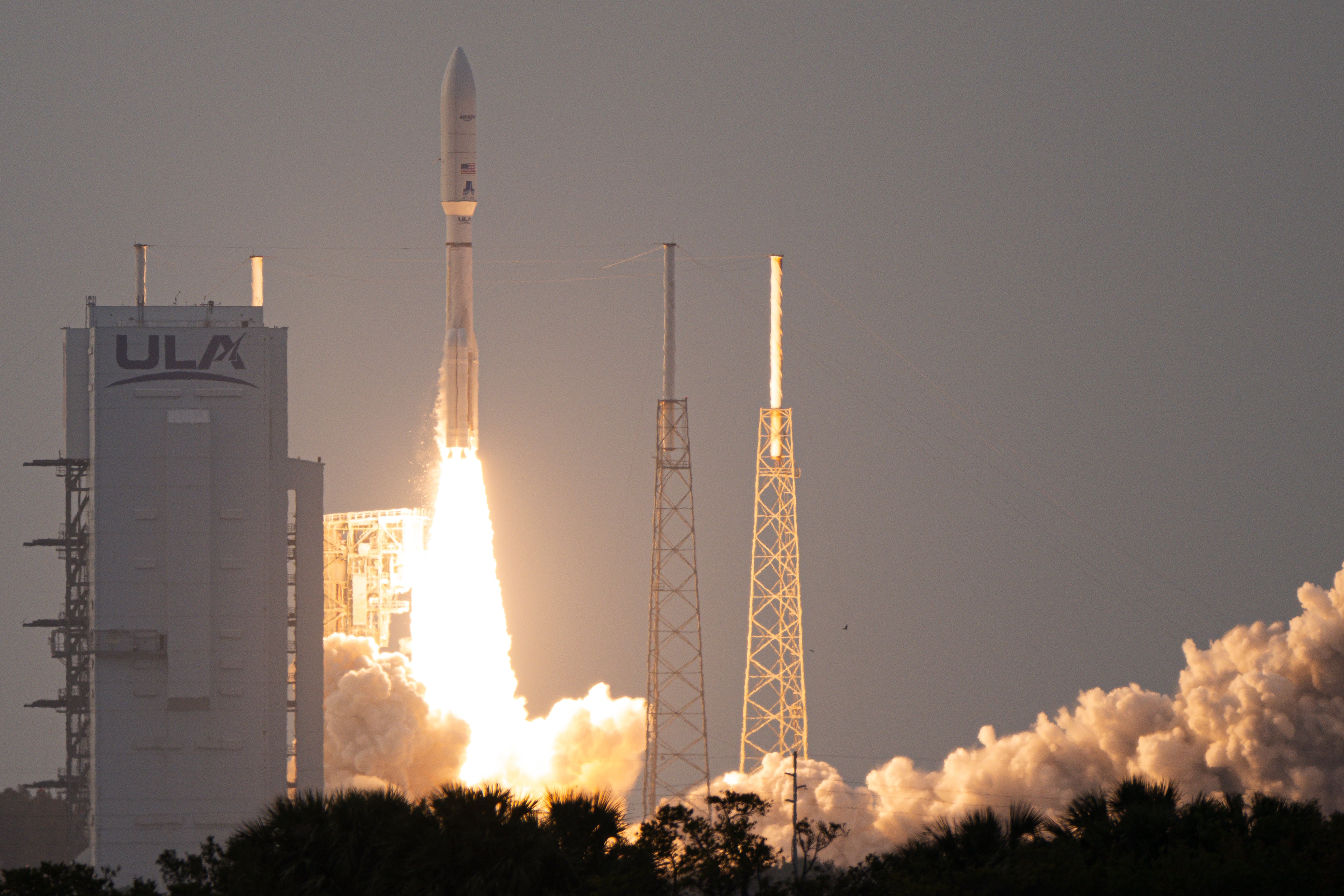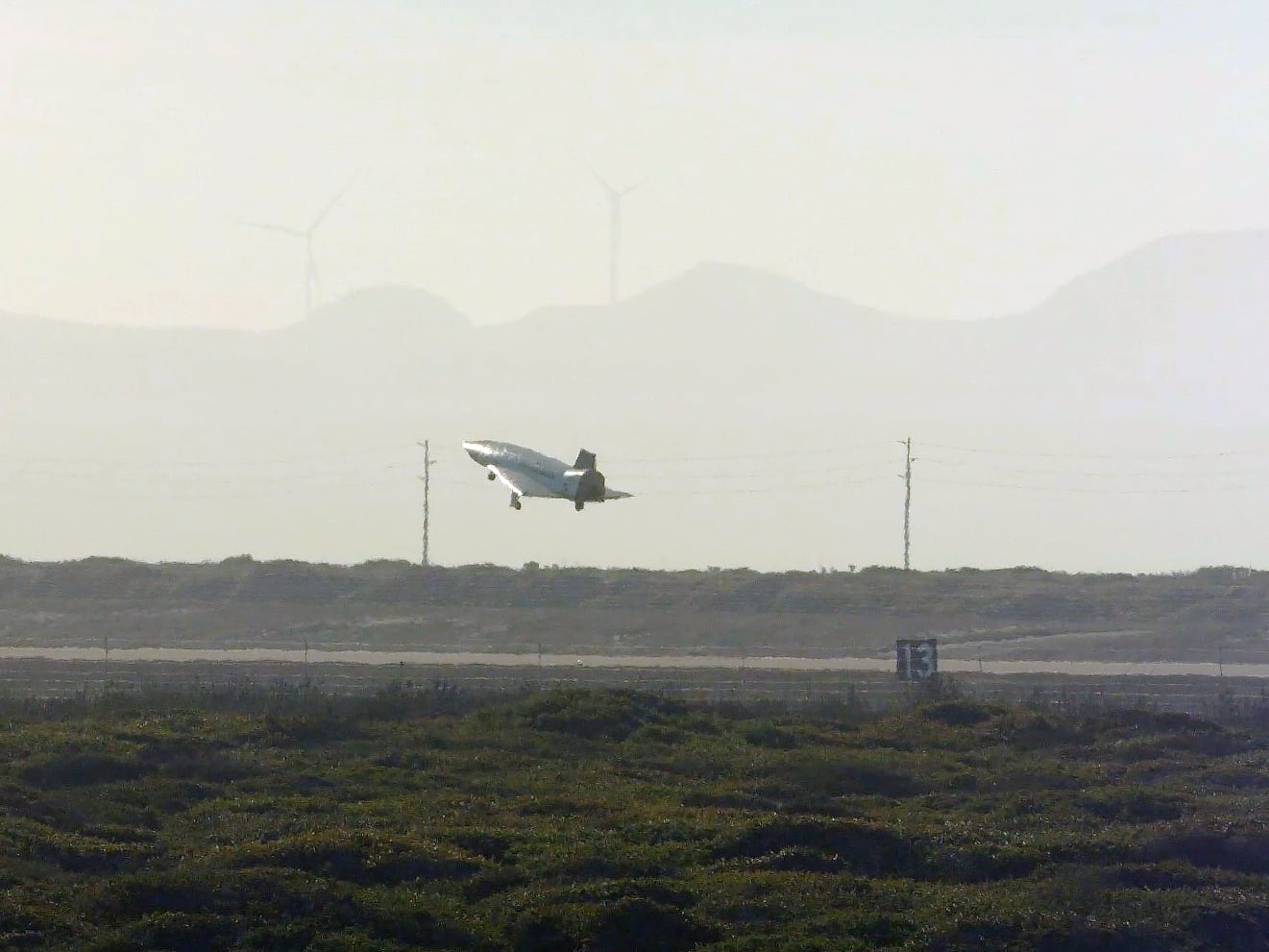WASHINGTON — The U.S. Army picked two companies out of a group of four to move on in the Army’s competition to procure a Future Tactical Unmanned Aircraft System, or FTUAS.
Griffon Aerospace and Textron Systems were awarded a second agreement to provide prototypes to the Army following the first development phase which began in February, the service confirmed to Defense News.
At the start of the first phase, the Army had originally also included Northrop Grumman, Sierra Nevada Corp. and Aerovironment. It chose to eliminate Aerovironment, the supplier of an interim FTUAS product, in May.
The second agreement period, beginning Sept. 26, will cover the Army’s continued evaluation of the companies’ weapon system designs leading to a Critical Design Review, establishing a final design and initial product baseline.
In the first phase, the Army evaluated submissions against requirements including performance, cost, schedule, risk and whether it had a compliant Modular Open Systems Approach, or MOSA. The phase ended with a preliminary design review.
The Army has long been working to select a FTUAS, meant to replace its Shadow UAS fleet. In 2022, after a roughly four-year competition, the service awarded AeroVironment an $8 million contract to provide its Jump 20 system as an interim FTUAS capability for a single brigade. AeroVironment purchased Jump 20′s developer Arcturus in 2021. An undisclosed number of Jump 20s have been provided through U.S. security assistance to Ukraine.
The service wants its FTUAS to be a vertical take-off and landing aircraft, so it can runway independent. Additionally, the Army wants the system to offer improved maneuverability and the capability to be controlled on the move. Other planned attributes include a reduced transportation and logistics footprint and a quieter system than is offered today to avoid enemy detection.
After completing the CDR, the remaining companies will participate in flight demonstrations and MOSA third-party verification as part of a third phase of competition, the Army said.
Then in later phases, those companies will deliver production representative FTUAS and support equipment for developmental testing and operational demonstrations involving soldiers directly. The systems will go through environmental, electromagnetic environmental effects, transportation and flight testing as well as MOSA and Technical Manual verification, according to the service.
The system the Army ultimately chooses is scheduled to enter full-rate production in the second quarter of FY26, according to plans laid out by the service earlier this year.
Jen Judson is an award-winning journalist covering land warfare for Defense News. She has also worked for Politico and Inside Defense. She holds a Master of Science degree in journalism from Boston University and a Bachelor of Arts degree from Kenyon College.








